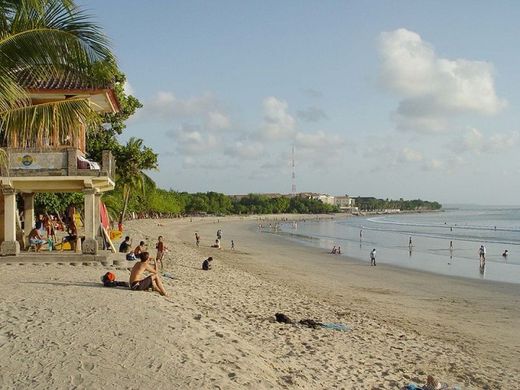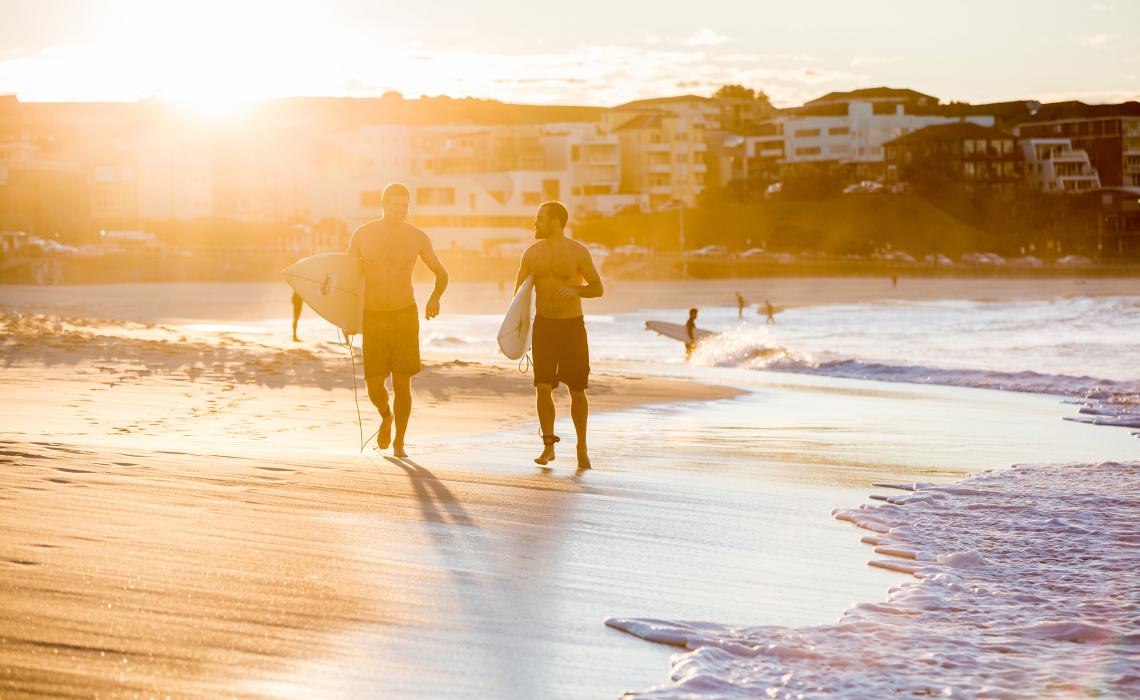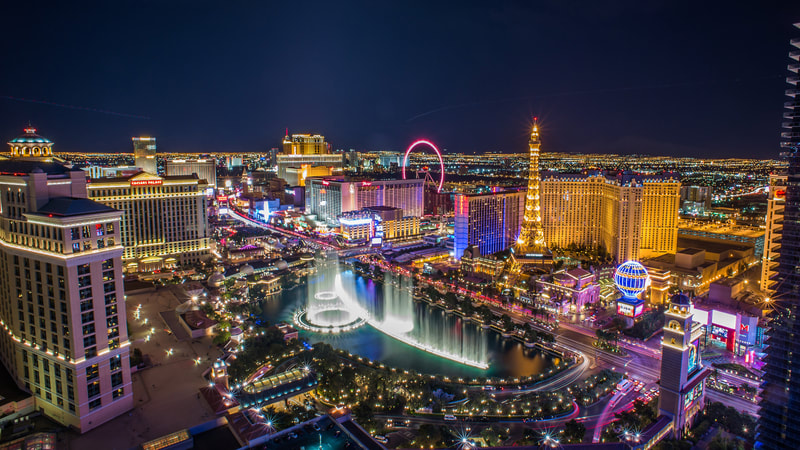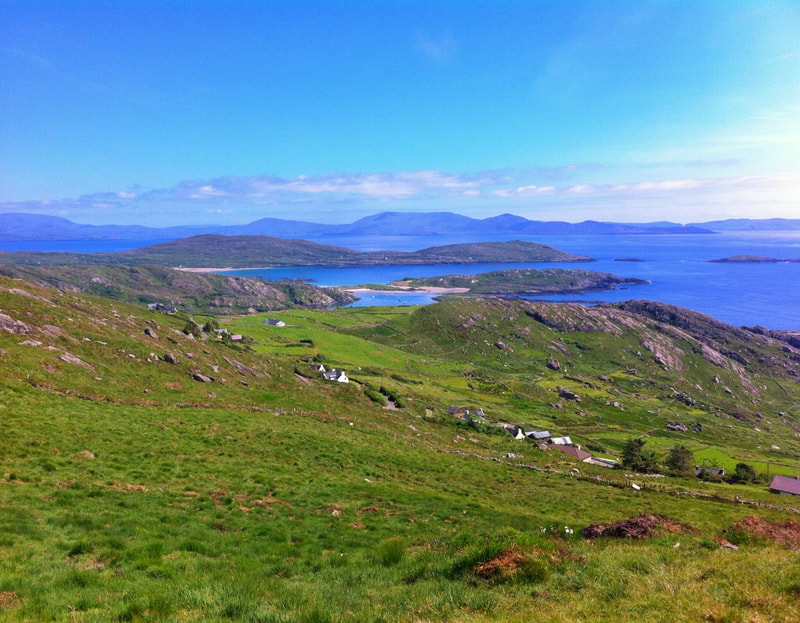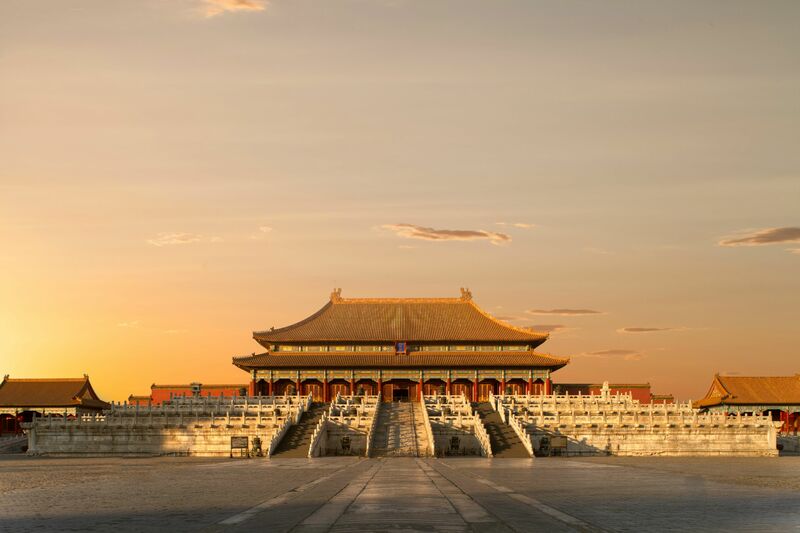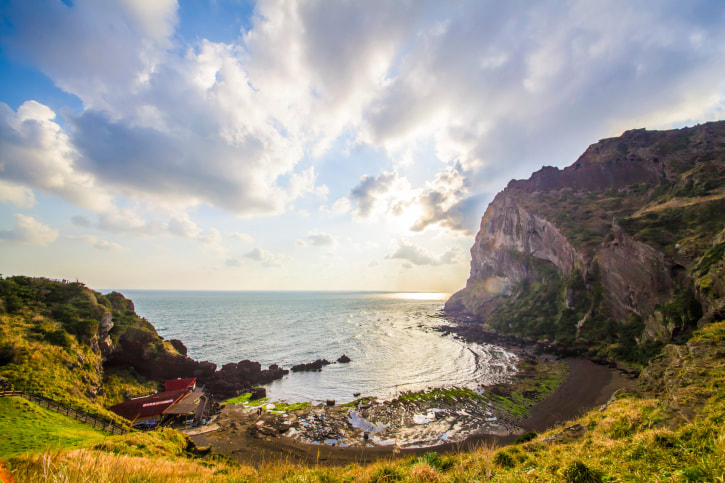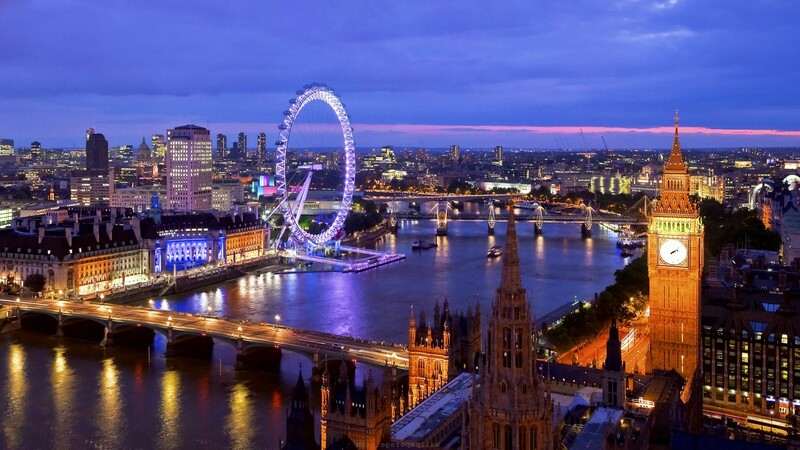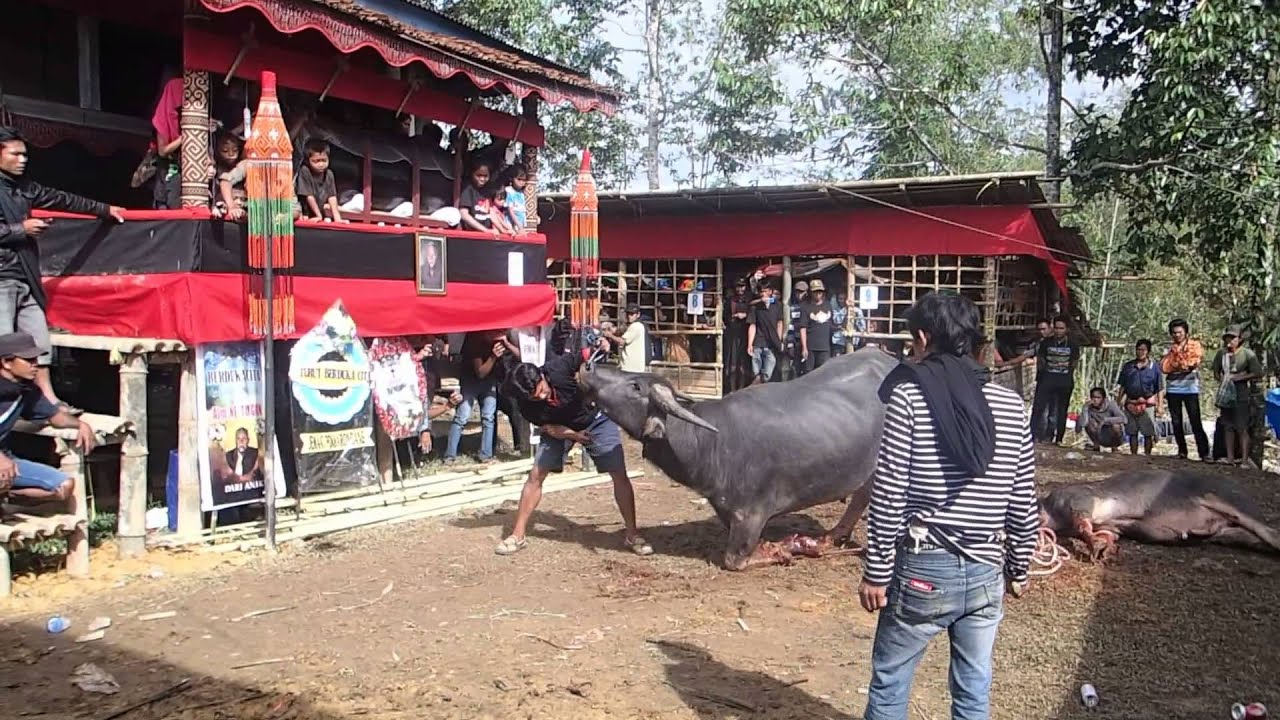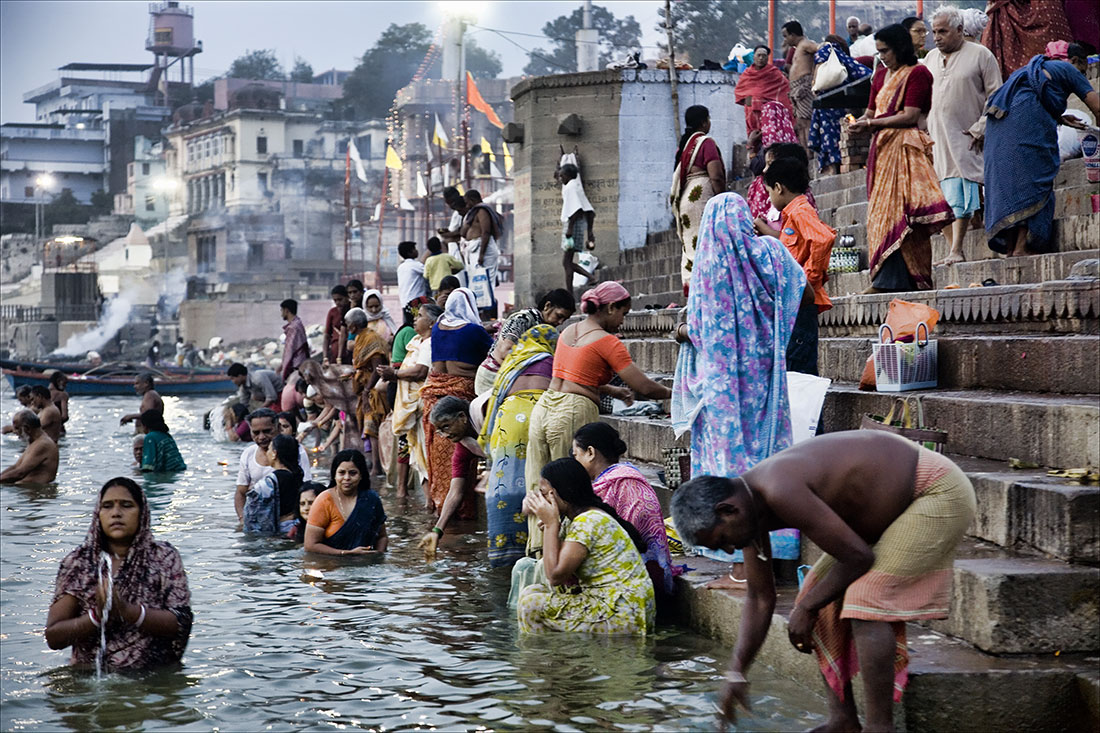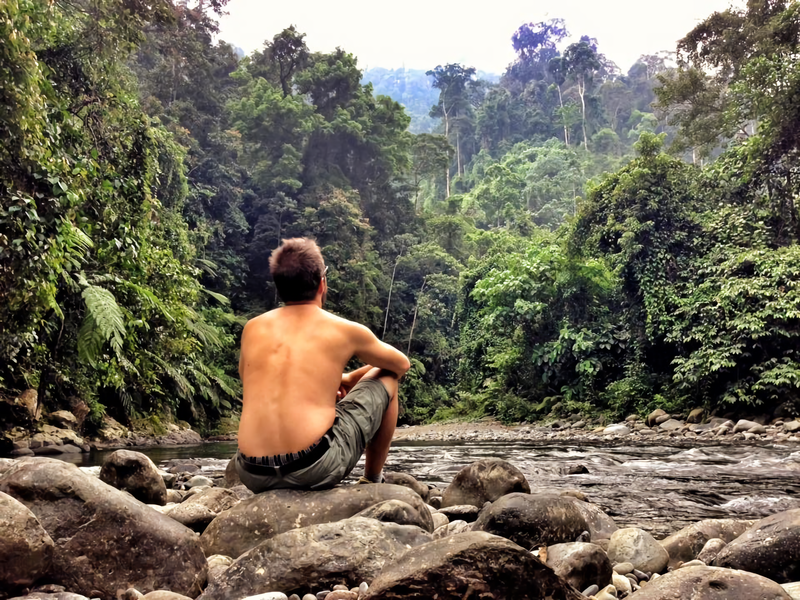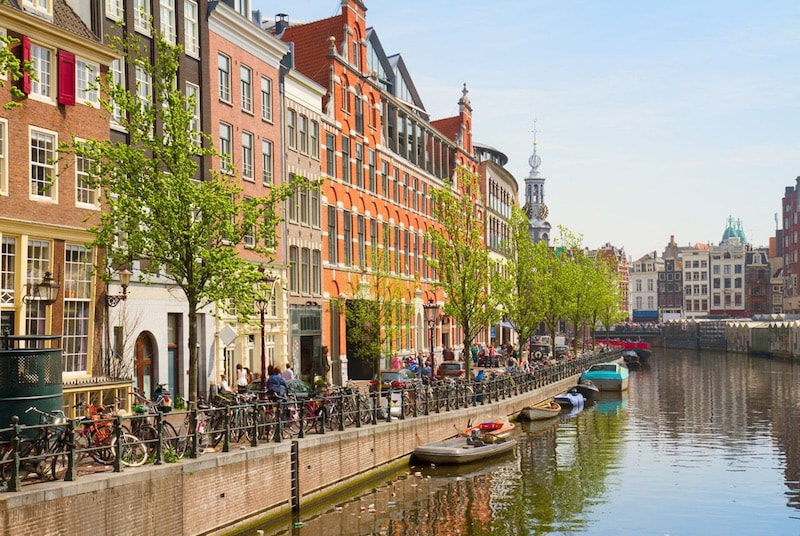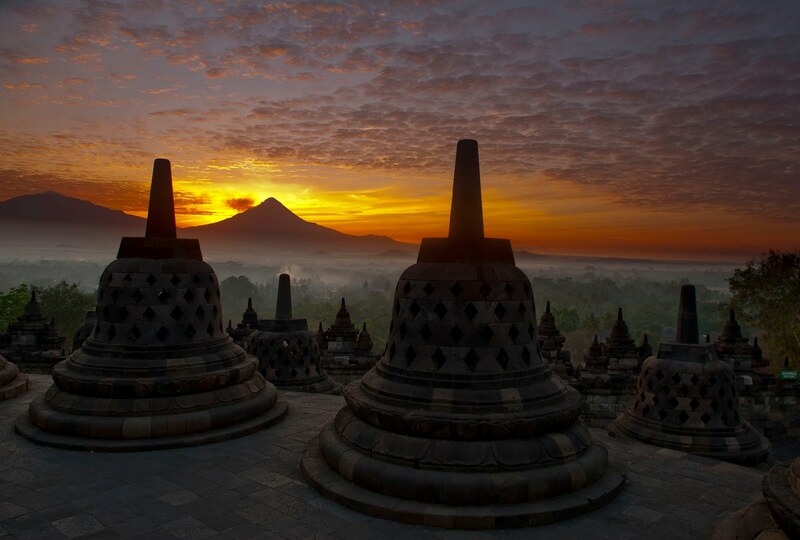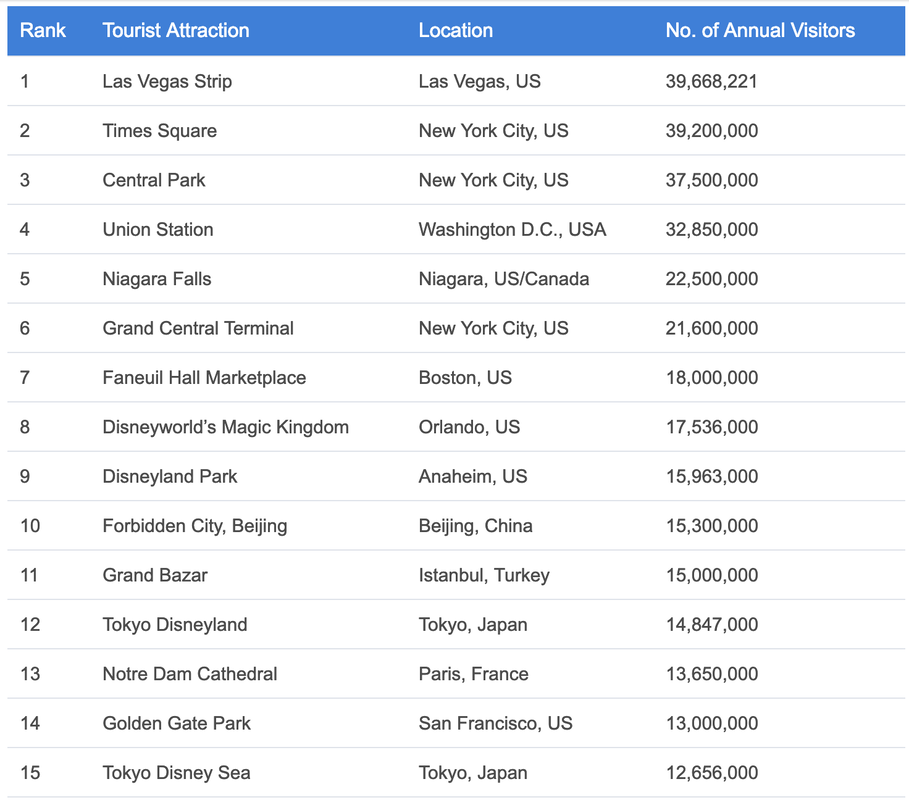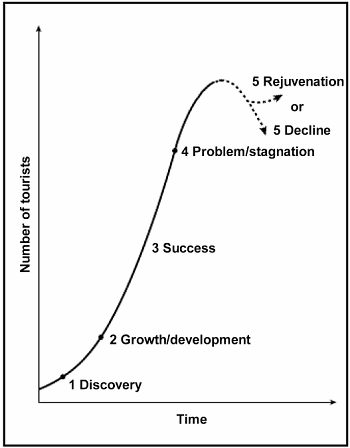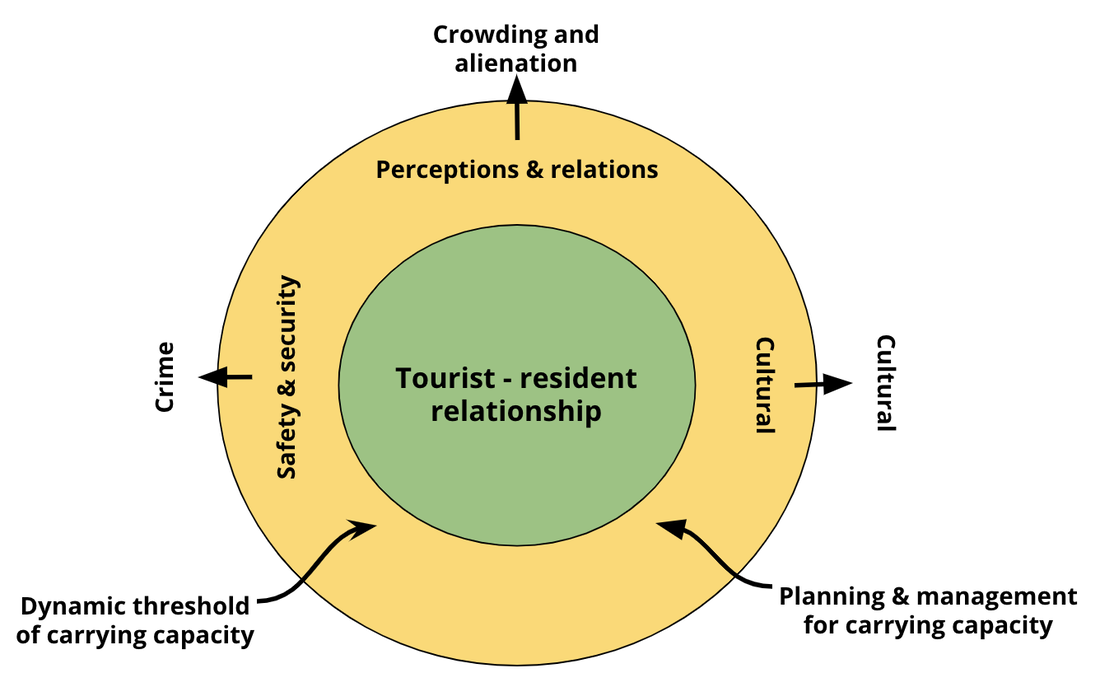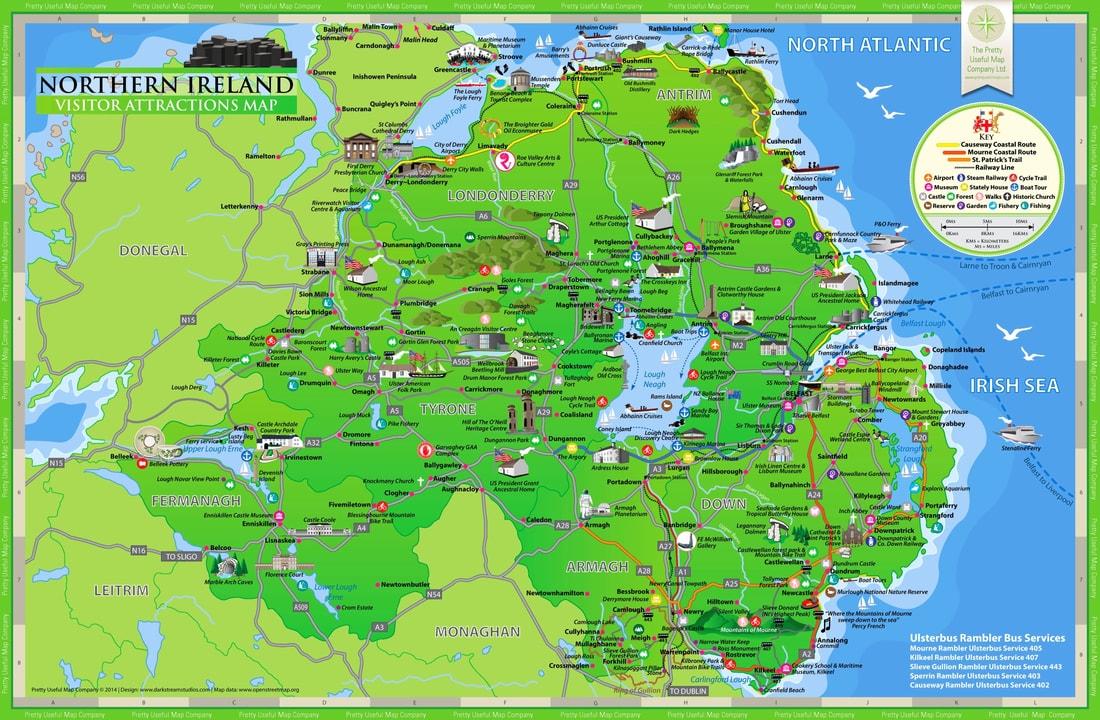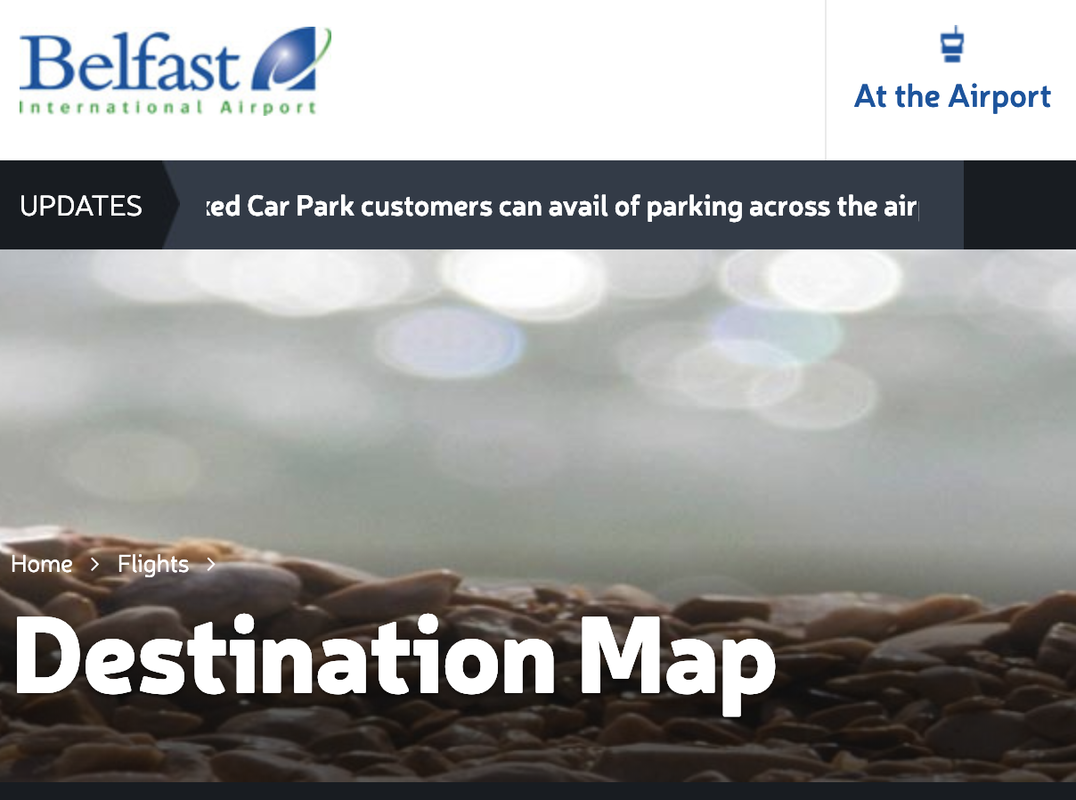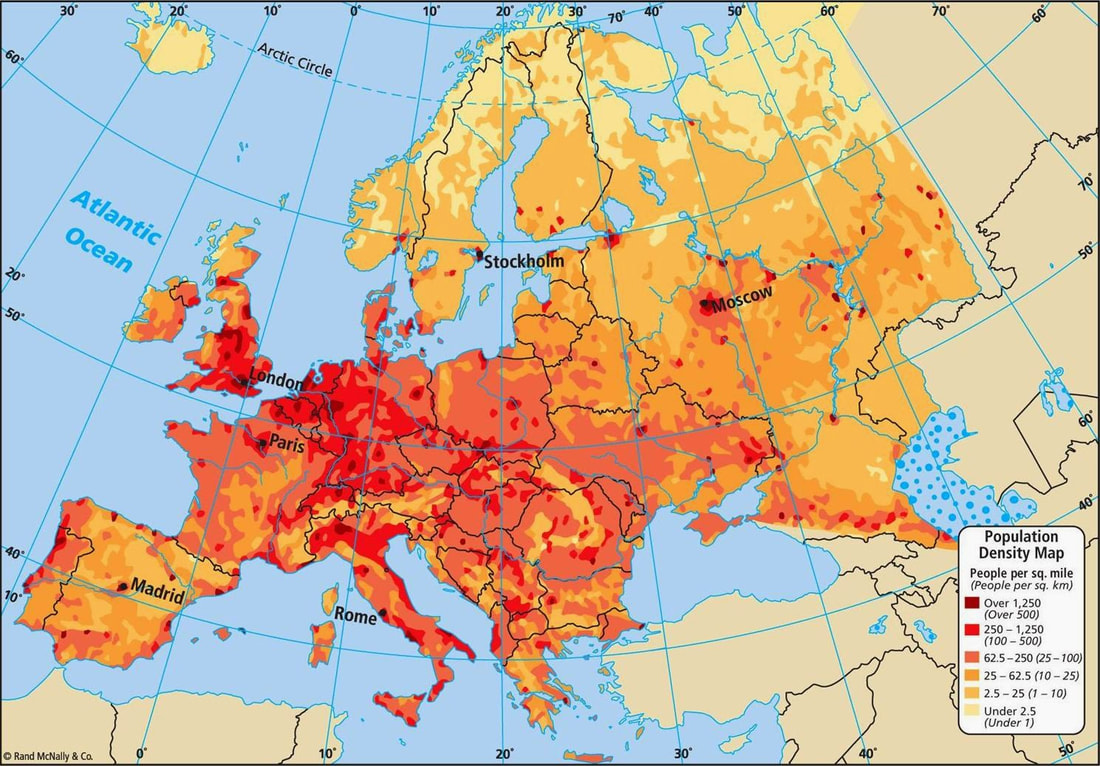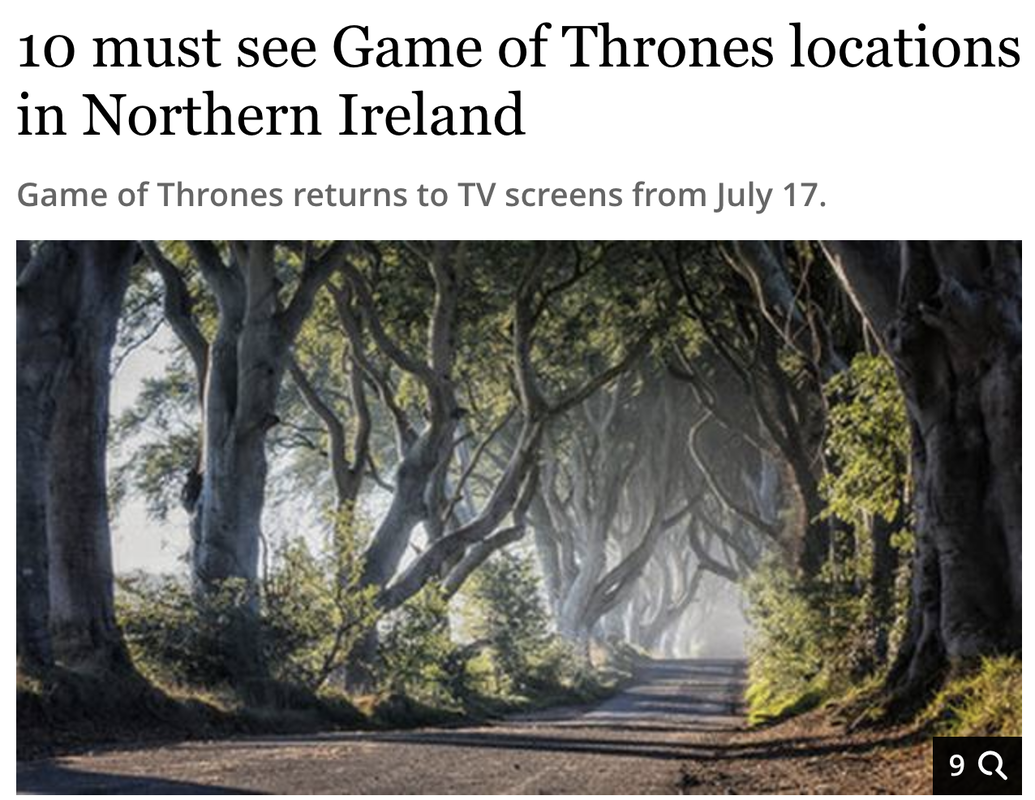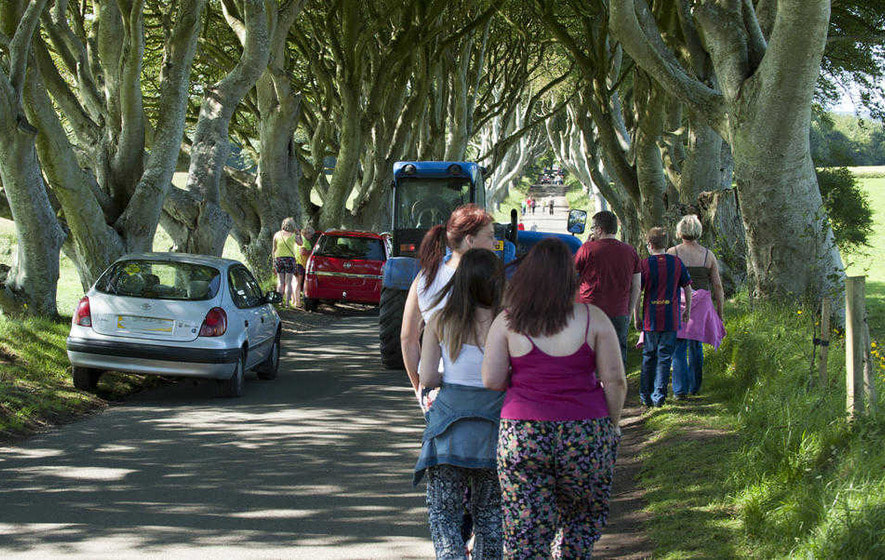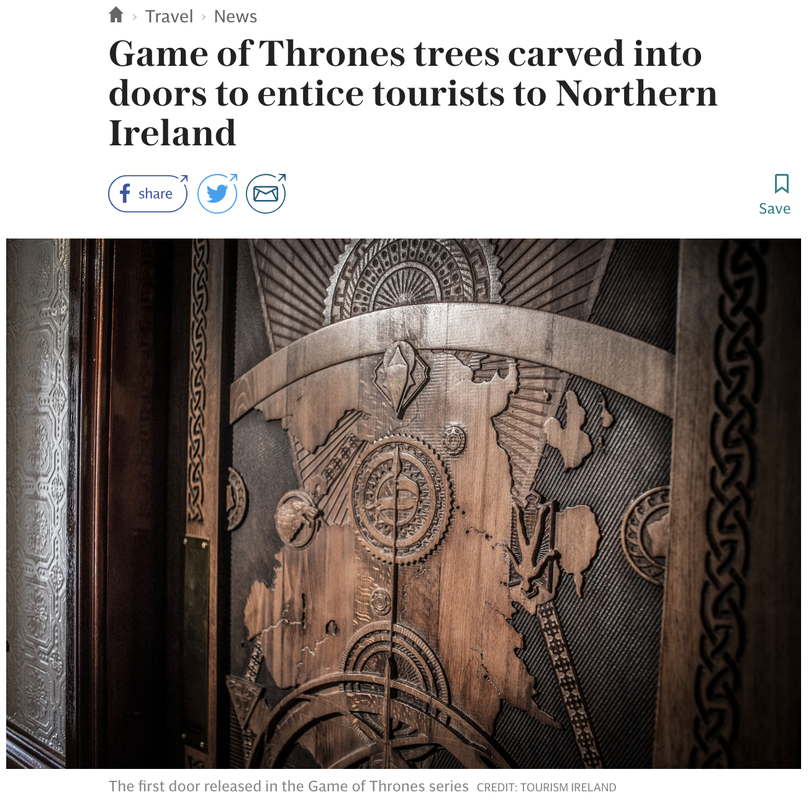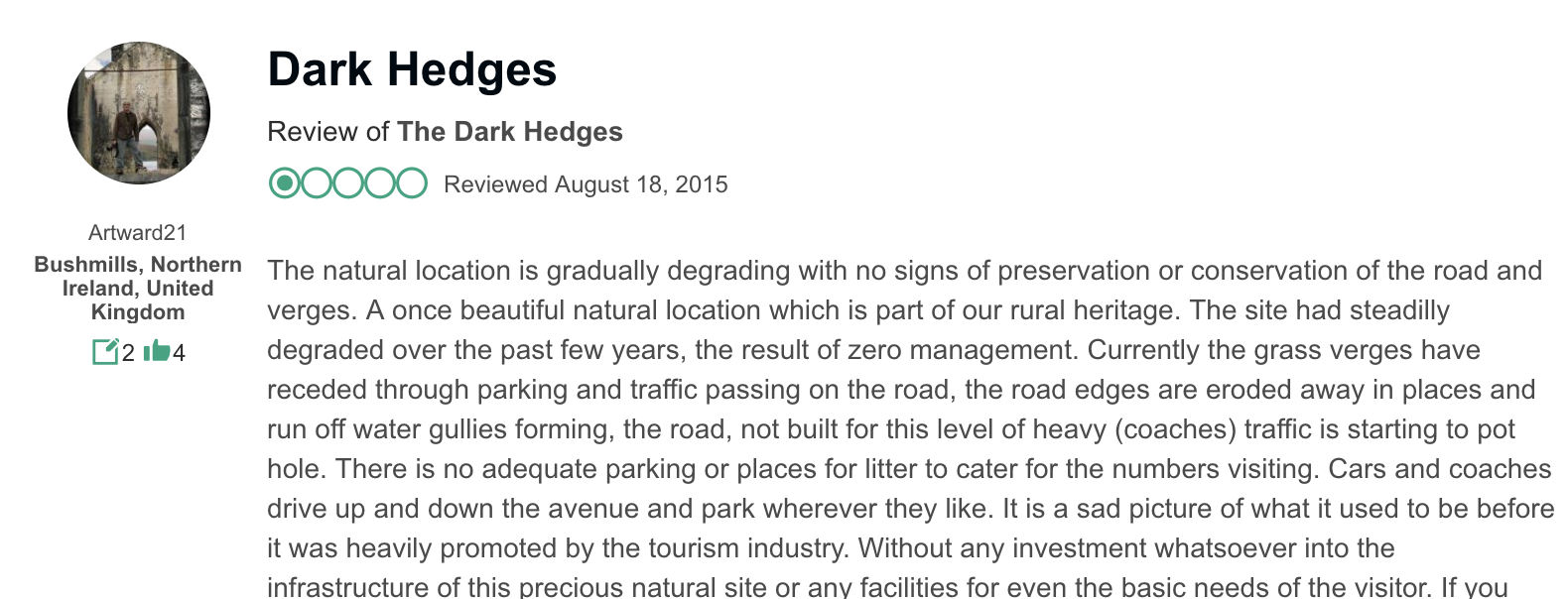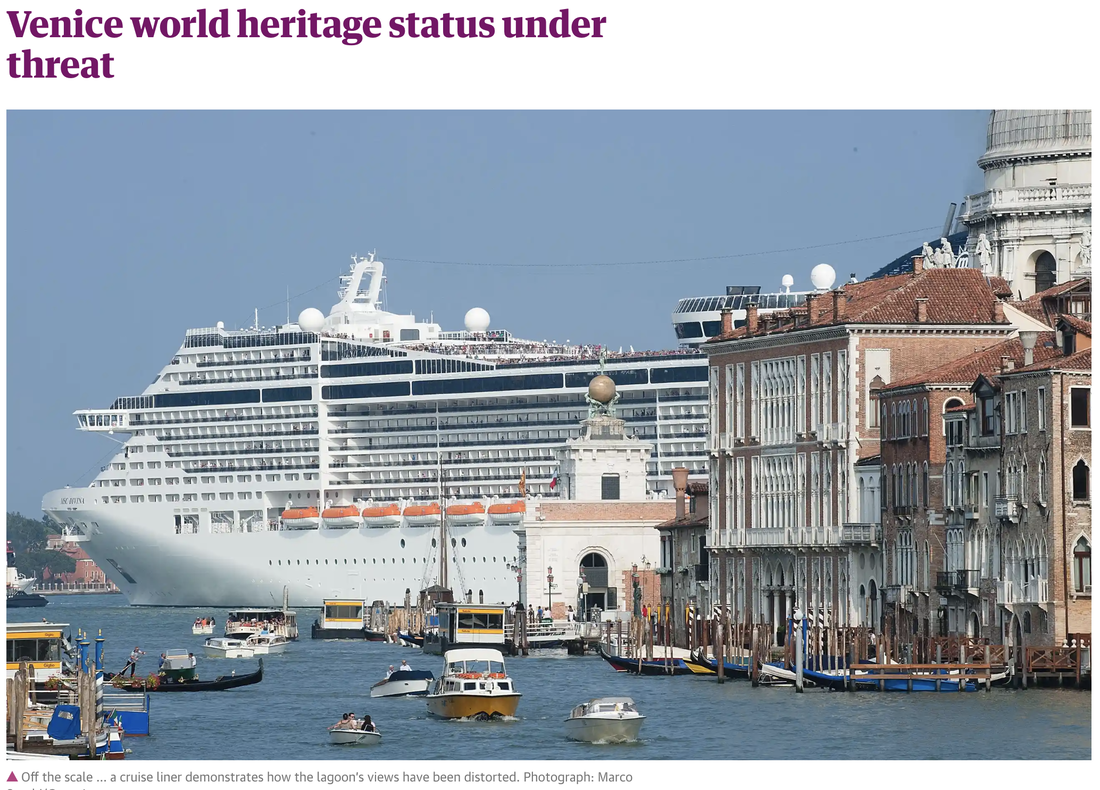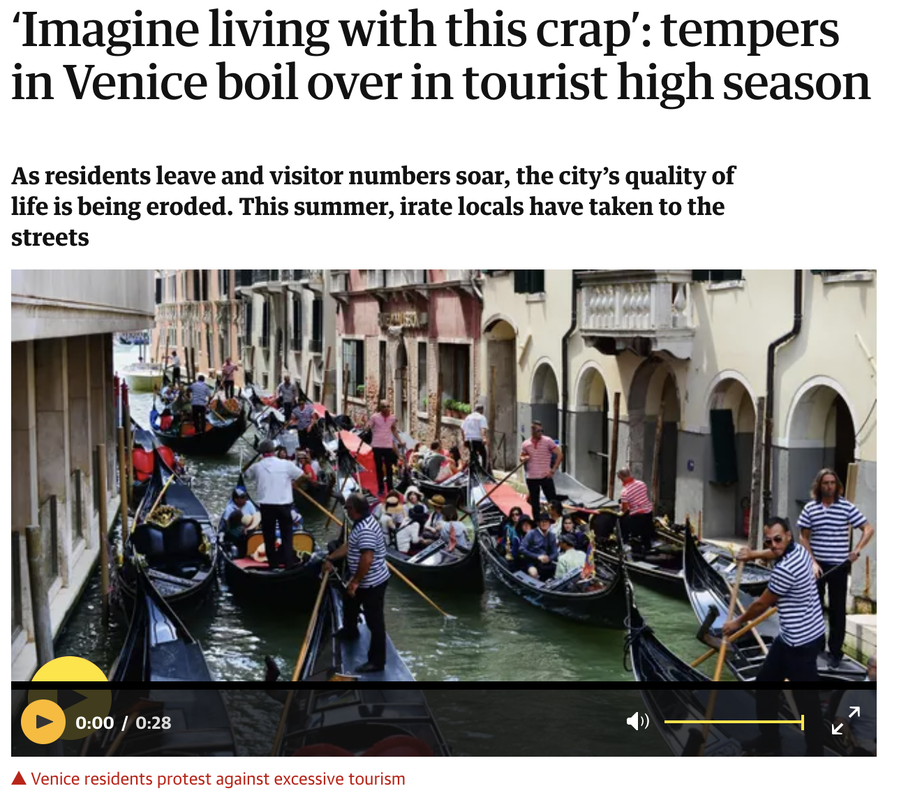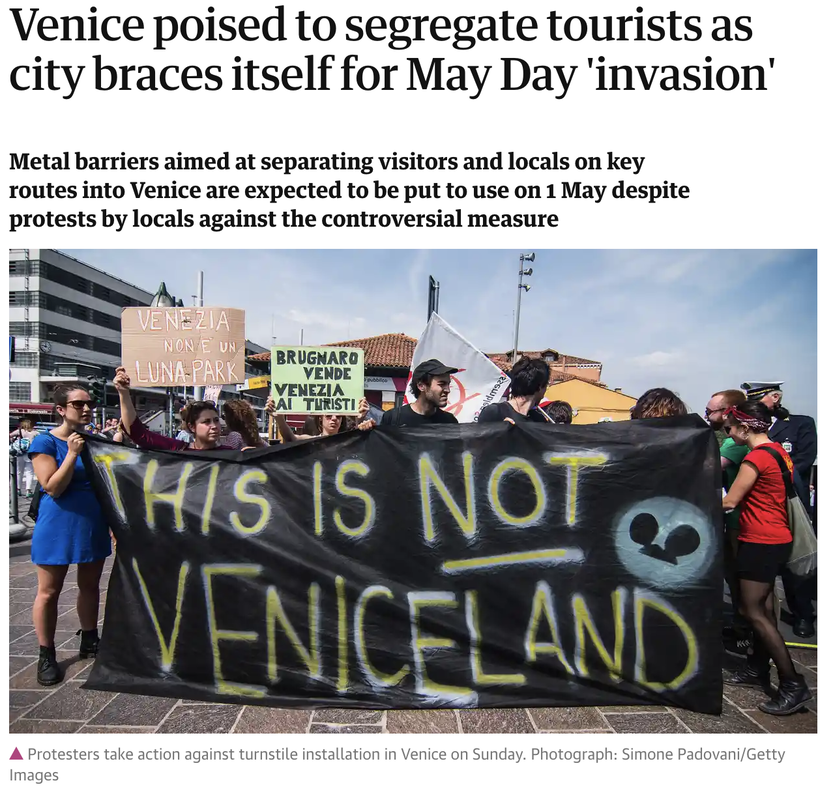-
MYP
- Home
-
IGCSE
- Course information
-
Physical: Hazardous environments
>
- Distribution of tectonic hazards
- Causes of tsunami
- Measuring earthquakes
- Earthquake case study 1: Haiti
- Earthquake case study 2: Christchurch
- Why do earthquakes do more damage in LICs than in HICs?
- How are volcanic eruptions measured?
- Tropical storms - distribution
- Causes of tropical cyclones
- Tropical cyclones - case study
- Why live in hazardous areas?
-
River Environments
>
- Hydrological cycle
- River basins
- Factors affecting river regimes
- Fluvial processes: erosion
- Fluvial processes: weathering and mass movement
- Fluvial processes: transportation and depositon
- River features and their formation
- How rivers change from source to mouth
- Uses of water
- Water pollution
- Water supply
-
IBDP
-
Changing population
>
- Global patterns of economic development
- Physical and human factors affecting global population distribution
- Case study 1: China
- Case study 2: Niger
- Demographic transition
- Megacity growth
- Forced migration and internal displacement
- Ageing populations
- Pro-natalist and anti-natalist policies
- Gender equality policies
- Trafficking policies
- The Demographic Dividend
-
Global climate vulnerability and resilience
>
- Atmospheric system
- The energy balance
- Changes in the energy balance
- The enhanced greenhouse effect
- Climate Change and the Hydrosphere, Atmosphere and Biosphere
- Impacts of climate change on people and places
- Disparities in exposure to climate change risk and vulnerability
- Government-led adaptation and mitigation strategies
- Civil society and corporate strategies
-
Global resource consumption and security
>
- Progress towards poverty reduction
- Measuring trends in global consumption
- Global patterns and trends in the availability and consumption of water
- Global patterns and trends in the availability and consumption of land/food
- Global patterns and trends in the availability and consumption of energy
- Water food and energy nexus
- Recycling and waste
- Malthus vs Boserup
- Resource Stewardship strategies
- Sustainable Development Goals
-
Freshwater - drainage basins
>
- The drainage basin as a system
- How rivers change from source to mouth
- River discharge
- River processes
- River landforms
- Factors affecting flood risk
- Attempts at flood prediction
- Flood mitigation
- Flood mitigation case studies
- Water scarcity
- Agricultural activities and water quality
- Pressures on lakes and aquifers
- Internationally shared water and conflict
- Water management: participation of local communities
- Dams as multi-purpose schemes
- Water management: Integrated Drainage Basin Management (IDBM)
- Managing wetlands
-
Leisure, Sport and Tourism
>
- Growth and purpose of leisure time
- Categories of tourism and sport
- Economic development and participation
- Factors affecting personal participation
- Factors affecting growth of tourism hotspots
- Spheres of influencee
- Factors affecting a national sports league
- Festivals
- Niche national tourism strategies
- Role of TNCs
- Tourism as a national development strategy
- International sporting events
- Consequences of unsustainable growth
- Sustainable tourism
- Future international tourism
- Political and cultural influences on sport
- Extended Essay in Geography >
- Skills/concepts >
-
Changing population
>
- Geography and ToK
- Theory of Knowledge
Study Guide
Human and physical factors explaining the growth of rural and urban tourism hotspots including the role of primary and secondary touristic resources.
Primary and Secondary Tourism Resources
Primary tourism resources are the key attractions of an area. These attractions or resources will not usually have been created or built for tourists but usually be the main reasons for people to visit. We can divide them into categories including:
Choose one image from the gallery below. Copy it into your own document and annotate it to explain what you think are the key primary tourism resources. Remember that there will be more than one!
- Climate eg sunshine for beach style holidays
- Natural environment eg surf in Bali, mountains in Switzerland, beaches in California
- Built environment eg Eiffel Tower in Paris, Petronas Towers in KL
- Historic sites eg Pyramids in Cairo, Borobodur near Yogjakarta, St Paul's Cathedral in London
- Religious Centres eg Dome on the Rock in Jerusalem, Mecca, Knock in Ireland
- Indigenous Culture eg Toraja funeral ceremonies in Sulawesi, Hill tribes in northern Thailand
- Natural ecology eg Coral reefs in Raja Ampat, Rainforests in Brazil, Orangutans in Borneo/Sumatra
Choose one image from the gallery below. Copy it into your own document and annotate it to explain what you think are the key primary tourism resources. Remember that there will be more than one!
Secondary tourism resources are those things which were built or developed specifically to meet the needs of tourists. These will include:
Study one of the photographs below and identify the key primary and secondary tourist attractions that you can see. Which will be the most important in attracting tourists to the area? Justify your answer.
- Hotels/guesthouses/homestays
- Shopping facilities
- Restaurants and Cafes
- Transport
- Tourist information and guiding services
- Adventure activities
- Theme parks
- Entertainment
Study one of the photographs below and identify the key primary and secondary tourist attractions that you can see. Which will be the most important in attracting tourists to the area? Justify your answer.
Tourism hotspots
|
|
|
|
What is a tourist hotspot?
A tourist hotspot is a destination which attracts an especially large number of visitors. A hotpot is likely to be fairly localised, eg a particular building (eg Taj Mahal) or historic site (eg The Great Pyramids of Giza), a beach (eg Maya Bay) or mountain path (eg The Inca Trail), an area of a city (The Las Vegas Strip) or a theme park (eg Disney World).
Where are the world's tourist hotspots?
Study the table below which shows the top 15 tourist hotspots in the world. Consider the following:
- What proportion of the hotspots are in the USA? What factors will have contributed to this pattern?
- What proportion of the attractions are based on human rather than physical attractions?
- What proportion are based on primary and secondary attractions?
What are the physical and human factors affecting the growth of tourist hotspots?
Many factors will determine the development of tourist hotspots. These will be physical and human and include:
Physical:
Human:
Physical:
- Climate - appropriate for specific type of tourism (eg sunny for beaches, snowy for ski resorts etc)
- Natural environment (eg beaches, beautiful scenery, mountains, coral reefs)
- Ecology (eg wild animals for safari, rich reef life, jungle)
Human:
- Accessibility (eg airports, road links)
- Population distribution (is it near to large centres of population who might visit?)
- Affordability (is it good value for money? Currency issues will influence this)
- Media profile
- Safety (is it safe to visit?)
- Proximity to other tourist sites
Models of tourism development: Butler Model (1980)
|
The Butler Model examines the stages of touristic development for a destination. Butler suggested that the following stages occur=:
|
carrying capacity reached or exceeded. Tourism causing social, economic, environmental and political problems. While the area is still popular, it is no longer fashionable and many tourists are now more interested in new destinations.
5. Rejuvenation or decline - the area either declines as tourists go to other, more fashionable, unspoilt destinations or rebrands woith new, more sustainable approaches to tourist development.
5. Rejuvenation or decline - the area either declines as tourists go to other, more fashionable, unspoilt destinations or rebrands woith new, more sustainable approaches to tourist development.
Models of tourism development: Hawkins Model
|
This model considers changing attitudes to tourism and how they can become more negative over time as tourism grows and carrying capacity is reached.
In the model, on the right, the green inner ring represents the minimum/threshold number of tourists and the edge of the outer, yellow ring represents the maximum carrying capacity. The size of the yellow ring will be affected by safety, perception and cultural factors as shown in the diagram. When these factors are well managed, the carrying capacity will expand but if they are not well managed it will contract - ie the number of tourists that an area can sustainably welcome will vary depending on how these factors are managed. |
Factors that will affect the carrying capacity of a tourist destination will be include other factors such as:
- Infrastructure - transport capacity, sewage and water supply systems, accommodation
- Social - impact of tourism on local culture, costs and benefits to services
- Economic - income from tourism, cost of living, prices of tourist services, investment in services and amenities for tourists and residents
- Environmental - impacts on flora and fauna, pollution, visual landscape
- Political - laws related to tourism/visitors, visa restrictions, government spending of taxes generated by tourism
A rural tourism hotspot: The Dark Hedges, Co Antrim, Northern Ireland
Copy the photo below into a document, give the doc a clear title. Now annotate the photo to show the factors you think have contributed to this area becoming a tourism hotspot. Refer
- Is it rural or urban?
- What are the primary and secondary tourist attractions that you can see? Colour code these as annotations.
- Why do you think this is now one of the most popular tourist hotspots in Northern Ireland?
- Google "The Dark Hedge" and add more reasons why tourists visit this location. Add as annotations and colour code as above.
Factors affecting the growth of tourism at The Dark Hedges
Use the resources below to identify and evaluate the relative importance the reasons why The Dark Hedges has become a tourist hotspot. Consider:
- Location in Europe
- Transport links
- Physical environment
- Proximity of other tourist destinations
Now examine the photo, below.
- Copy and paste the image into a document.
- Annotate your photo with the potential impacts of tourism (SEEP, positive and negative)
- Use the Hawkins Model to comment on the tourism carrying capacity of the Dark Hedges. Refer to the articles below to support what you say.
- Based upon what you now know about The Dark Hedges, where would you place this location on the Butler Model? Justify your answer.
Factors affecting the growth of tourism in Venice
Use the resources below to identify and evaluate the relative importance the reasons why Venice is a tourist hotspot. Consider:
- Location in Europe
- Transport links
- Physical environment
- Human environment
- Proximity of other tourist destinations
Now examine the resources below.
- Identify SEEP impacts of tourism on Venice
- Use the Hawkins Model to comment on the tourism carrying capacity in Venice. Refer to the articles below to support what you say.
- Based upon what you now know about Venice, where would you place this location on the Butler Model? Justify your answer.
